
Microdosing Schedules: Finding the perfect one for you
Microdosing is the act of consuming a micro-amount of a psychedelic substance with the motive to improve one’s life in various aspects. Some benefits of
Who was Santa Claus? Many of us will say with great confidence that Santa Claus is a legend of a man who brings gifts to every child on Earth the night before Christmas, so they can have gifts to open of Christmas day. However, it turns out, the tale of Santa Claus may be more interesting than you previously thought. More specifically, the origins of Santa Claus is likely not how you would have imagined.
Have you ever stopped to think why Father Christmas wears a red and white suit or why we wrap our gifts in red and white wrapping paper? What about the red and white decorations and candy canes? There is an obvious red and white colour scheme that is undeniable, but why red and white?
The urban legend has it that his outfit was red and white because he was designed by Coca Cola in the late Victorian period as a campaign. While this may be partially true, there is other evidence pointing in a different direction; a trippy direction.
There is evidence of Father Christmas existing pre-Coca Cola from, and hear me out on this one… Siberian shamanism and the use of the famous Amanita Muscaria, a red mushroom with white speckles decorating its caps. This famous mushroom is best known for both its beautiful appearance and its hallucinogenic properties, which have been used in shamanic practices for centuries.
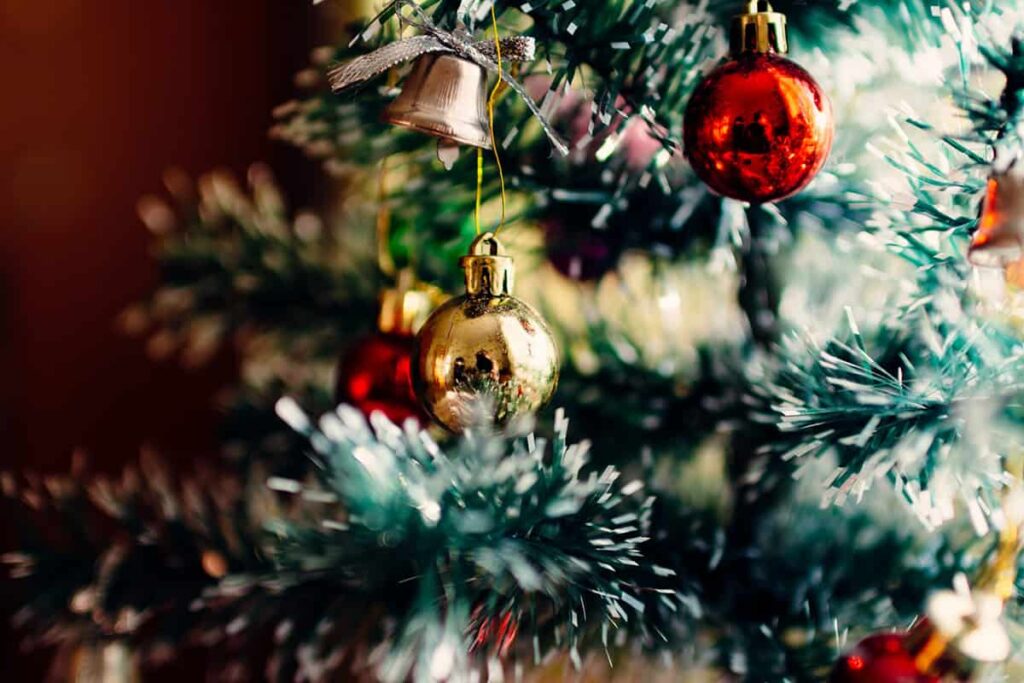
Santa Claus and Christmas traditions, in general, have been with us for thousands of years and can be traced back to pre-Christian times with deep roots in Paganism and Nordic mythology. The time of the year around the 25th of December has always been a time of celebration that includes music, dancing, and in general gathering together.
The lives of ancient humans were controlled by seasonal cycles and harvest schedules. Winter was cold, dark, and just simply tough. Many people died during the cold and dark season of winter, making it an extremely difficult time of the year. That being said, a celebration was needed to keep spirits alive.
The annual harvest would be have been brought in during autumn and the cattle would have been slaughtered so they wouldn’t have to be fed during the winter. Additionally, the majority of beer and wine would finally be fermented and ready to drink right around late December. What does all of this mean? An abundance of food/drink and a need to celebrate, which may be the explanation for the large gatherings and banqueting during winter that we still enjoy to this day.
This attitude of celebration did not only occur in one area of the world. Everyone seemed to have their own winter festivities going on simultaneously. For example, the Vikings had the ancient Midwinter festival (Yule), which happened between Winter Solstice (December 21st) and the Yule Sacrifice (January 12th). During these dates, there was a lot of games, drinking, dancing/singing, feasting and, of course, sacrifice to the Gods!
While the Vikings were enjoying their own festivities, the Romans had their own parties going on as well. They had the festival of Saturnalia, an ancient festival in honour of the God Saturn, which was held from the 17th of December until the 23rd of December. This holiday was celebrated in a similar style as the Vikings… Lots of drinking, eating, games, blah blah blah… and obviously, sacrifice as well! What would an ancient celebration be without some sort of sacrifice?
Celebrations such as these occurred throughout Europe. Essentially, many of these traditions have stuck with us to this day! Apart from the human sacrifice, of course
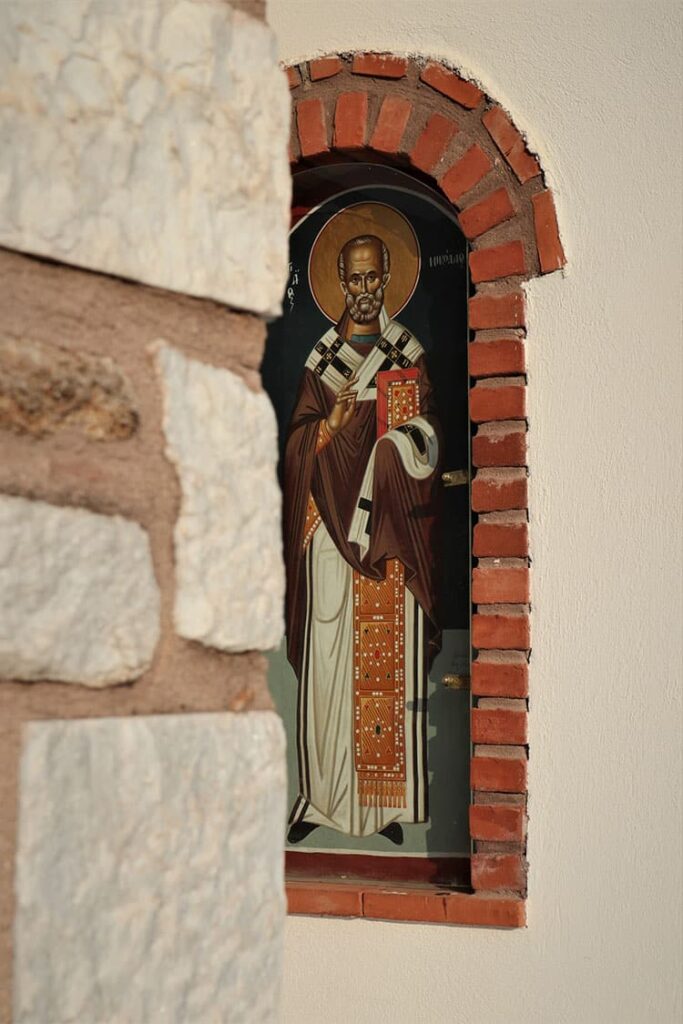
Before moving on, I thought I would mention on more version of Santa Claus; the Christian entity that surfaced in later dates. Around 280AD, a 4th-century Greek bishop and gift giver of a Christian community in the ancient town of Myra began to emerge. Any guesses what they called this figure? Yup, he was labelled as Saint Nicholas. To give you a quick breakdown, here is the tale of this Christian version of Santa Claus.
He was brought up in a wealthy family but lost both of his parents as a young adult. As any saint would, he used his inheritance to help the sick and poor. He is famously known for helping the poor father of three unmarriageable daughters who could not sustain their finances. In an attempt to save them from a life of prostitution (which was common for unmarried women in the 4th century), he dropped 3 sacks of gold down their father’s chimney late one December night, making him the patron saint of prostitutes… Definitely worth leaving that tidbit of information out of any Christmas storytelling you provide to your kids this year!
Okay, so there are loads of ‘unique’ versions of Santa Claus, but what does all of this have to do with magic mushrooms? Let’s look at that now.
This is where things start to get interesting… Let’s talk magic mushrooms! Obviously, the psychedelic mushroom has been around for much longer than this Christian ‘saint’ has. Not to mention that the magic mushroom has been used for spiritual and recreational purposes for thousands of years and the usage of these psychoactive mushrooms can date back as far as 9000BC in North African indigenous cultures, thanks to representations we have found in their rock paintings.
A recent molecular study proposed that the Amanita Muscaria had ancestral origins in the Siberian-Beringian region during the Tertiary period (roughly 65 million years ago), before spreading out to Asia, Europe and North America.
According to multiple sources, Siberian shamans used to dress to resemble the Amanita Muscaria. Specifically, female shamans originally wore red and white costumes trimmed with white fur, black boots, and felt red hats.
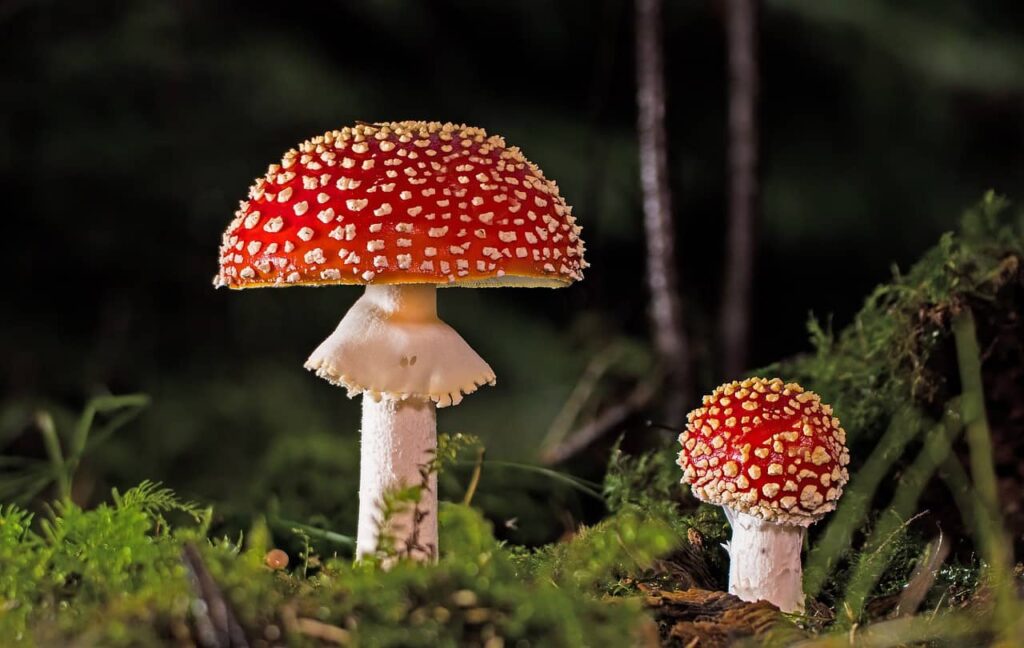
Even to this day, Siberian mushroom gatherers go out in this ceremonial outfit to honour the mushrooms they pick. Think about it- red hat, red suit with white trimmed fur, black boots… Who does this remind you of? Okay, maybe Santa Claus wasn’t actually a mushroom… This could suggest that Santa Claus’ tale stems from Siberian shamans that worked with the Amanita Muscaria.
To make things mirror even more, shamans would collect the mushrooms in a large red sack and would often use an opening in the roof to deliver the mushrooms since the vast amount of the snow would back the door. As mentioned above, Siberian winters are unbelievable cold, snowy and just plain brutal, meaning the door of the villager’s yurts would often be snowed in.
This means the shaman (dressed in red and white) would quite literally have to either drop the mushrooms down the chimney or climb down the chimney himself to deliver them so they would remain in one piece. Once all is said and done and the shaman had completed his rounds of delivering the Amanita Muscaria, the villagers string the mushrooms up in front of the fire to dry, just as we do with red stockings to this day.
Okay, so maybe Santa Claus was not an actual mushroom himself like some individuals heavily suspect. However, the comparison between the traditional Santa Claus we all know and love and Siberian shamans delivering the Amantia Muscaria every winter to the villagers is uncanny, to say the least. As always, these are my personal observations after a few hours of internet digging and everyone has their own take on these mysterious traditions and the exact origins of this story.
What do you think about the origins of Santa Claus? How do you think it all began? Leave a comment in our comments section below and let us know what you think!
I hope you enjoyed this interesting article as much as I enjoyed writing it for you. Consider this a new Christmas Eve story for the books! Happy holidays, psychonauts! Stay trippy!

Microdosing is the act of consuming a micro-amount of a psychedelic substance with the motive to improve one’s life in various aspects. Some benefits of

Exams are tough, even for the best of us. Dealing with exam stress and anxiety can take a serious toll, and the pressure placed upon
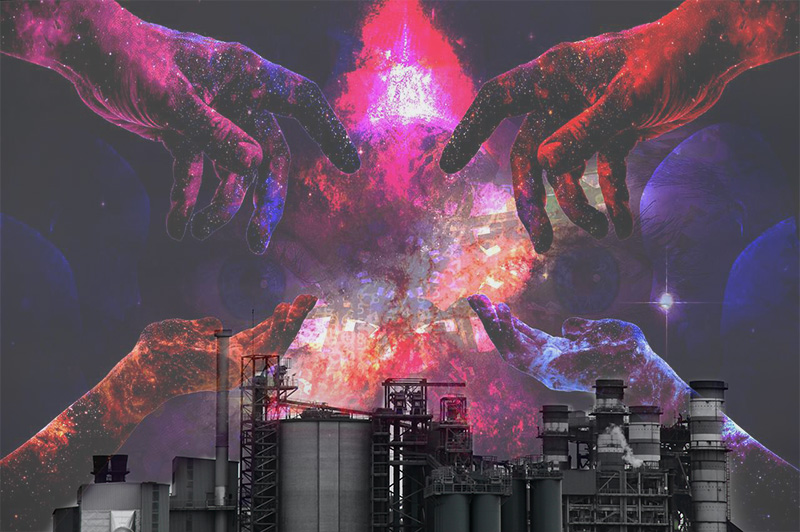
The history of the psychedelic industry is fascinating and intense. Despite the fact that psychedelics are among the most powerful healing substances on the planet,
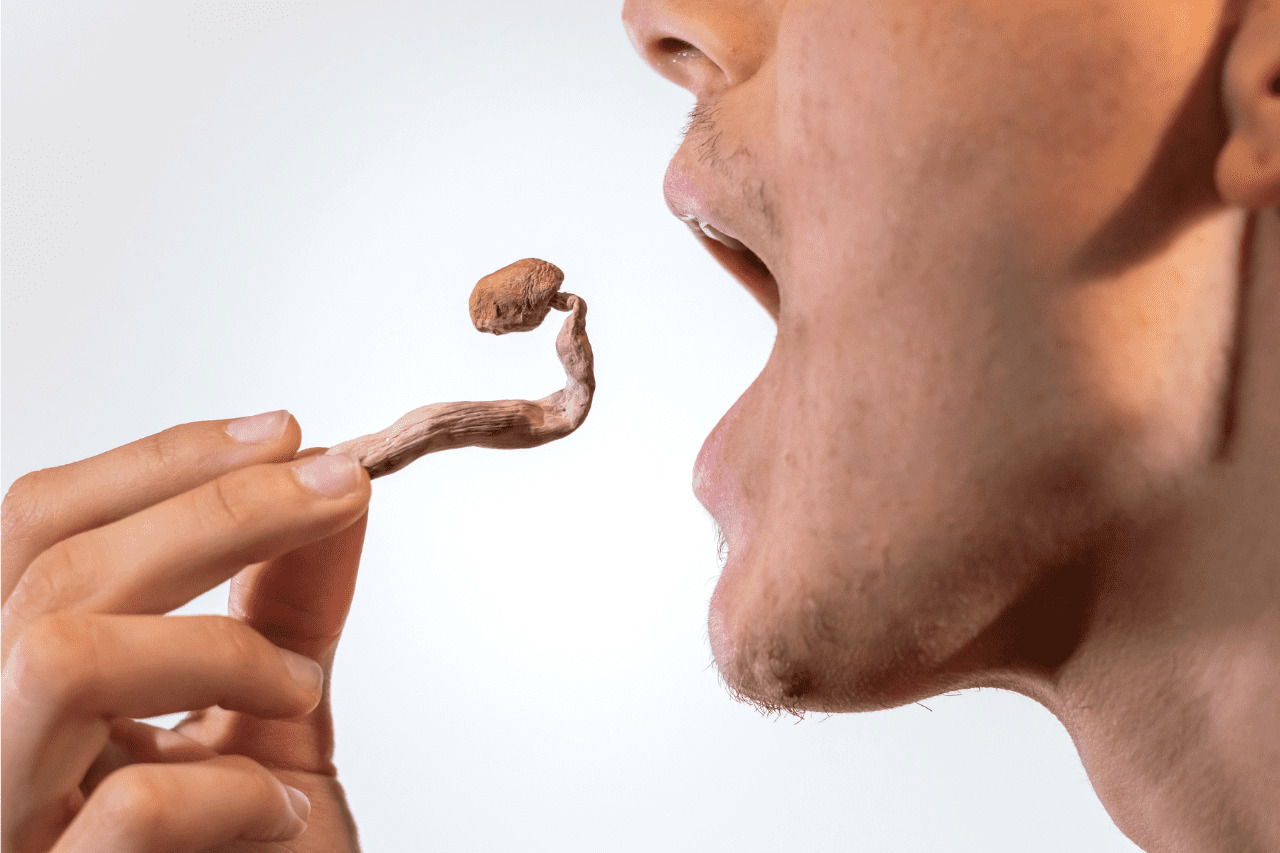
Is microdosing real, or is it all a placebo effect? Microdosing is when you take a sub-pharmacological dose of a substance. Often a psychedelic

Self care; a perhaps oversaturated concept that marketing companies have exploited. To many, self-care looks like taking a bubble bath, or doing a face mask.

Microdose psychedelics has become an extremely popular way to boost performance in high-pressure occupations like software coding. Also, individuals who suffer from mental health conditions
GET 10% DISCOUNT WITH NOTIFIED ABOUT THE LATEST NEWS AND UPDATES. NO SPAM, WE PROMISE!
FREE Tracked shipping on orders over €250 to EU countries.
Monday- Friday 8.30am- 5pm (CET)
A range of options available
Guaranteed delivery or your money back